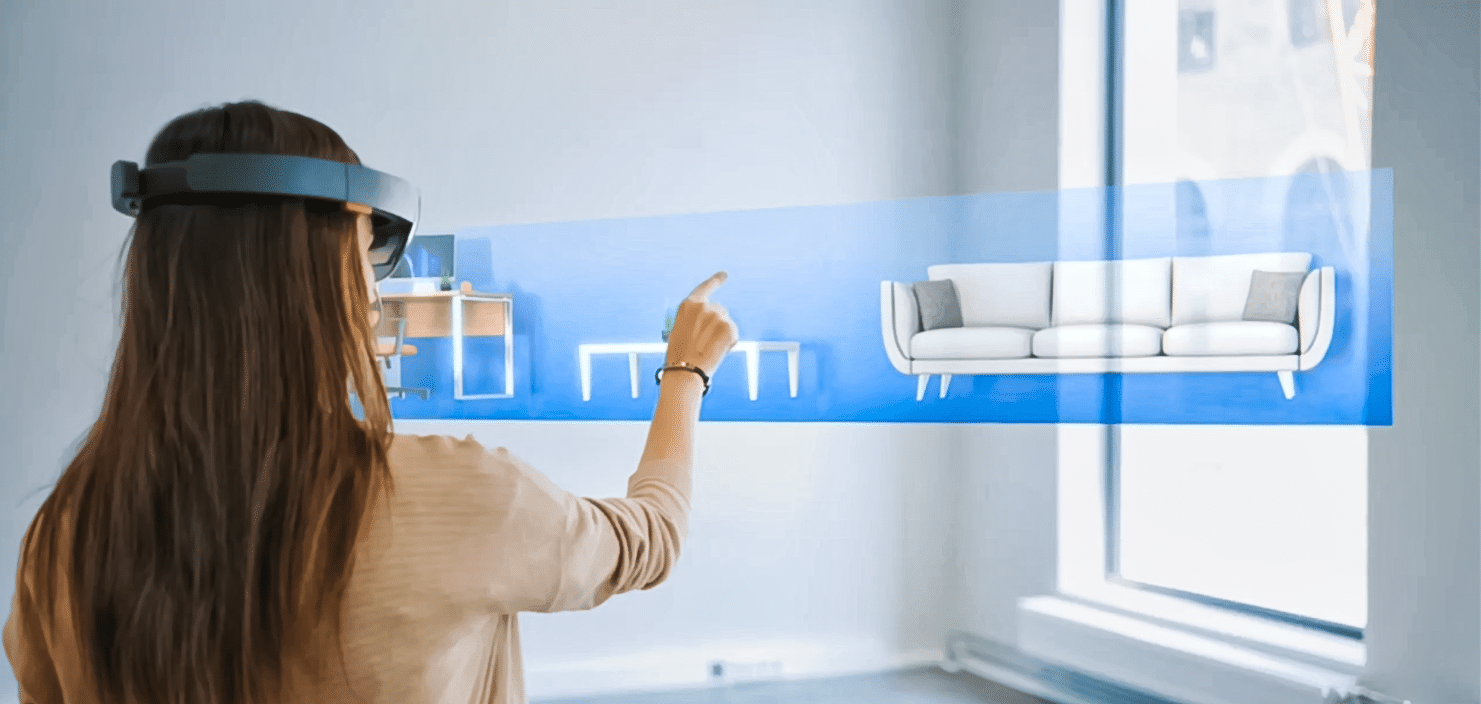Augmented reality or AR is a technology that presents us with virtual objects and information in our field of vision.
It is an interactive experience of a real-world environment where the objects that reside in the real world are enhanced by computer-generated perceptual information, sometimes across multiple sensory modalities, including visual, auditory, haptic, somatosensory, and olfactory.
This service is best suited to companies that are looking to make dramatic improvements to their visual communication and the ROI it drives.
The interactive 3D experience that combines a view of the real world with computer-generated elements opens a larger area of possibilities, information, and visuals to the viewer. AR makes nonexistent objects seem as if they are in real-life with the viewer in the real world. This fascinating experience is what attracts many to try augmented reality for themselves.
Augmented reality (AR) is different from virtual reality (VR) in that VR is a completely self-contained computer environment while AR layers computer elements among real objects in real-time.
Sure, augmented reality can be used to show objects and information in a room that is not there in real time. The visualization process offers the possibility to make sure if the viewer would like to see those objects in the room in real life.


